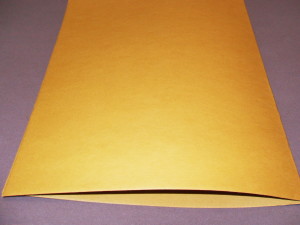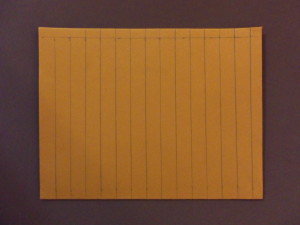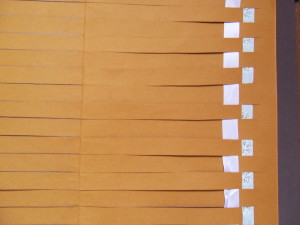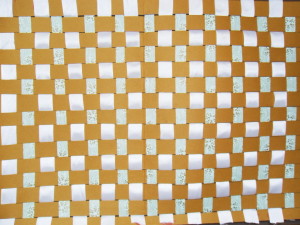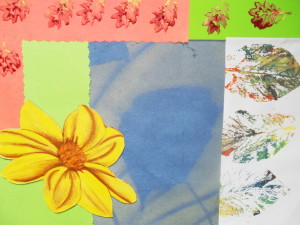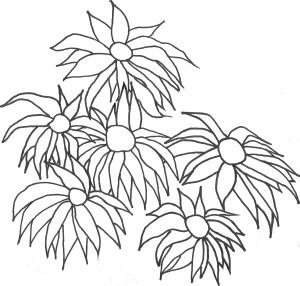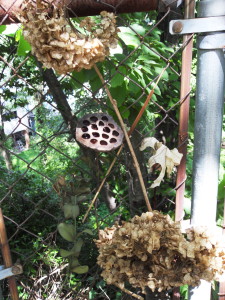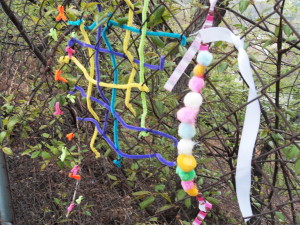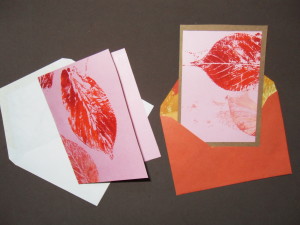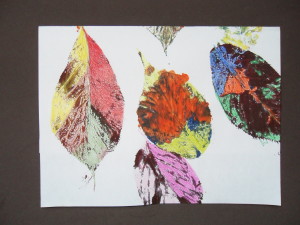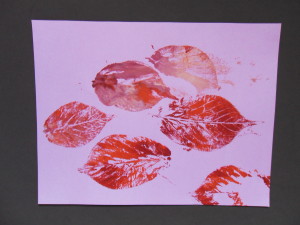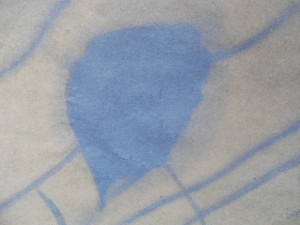After you’ve finished your project, Nature Prints, read the Fun Facts below:
1968: Fun Facts
From:
www.thepeoplehistory.com
http://en.wikipedia.org
www.historyproject.org
Find out the prices for consumer goods for the year 1968 by clicking on the links provided above.
Fashion:
What was popular to wear in 1968? How much did clothing cost?
The androgynous hippie look (frayed bell-bottom jeans; sandals; work shirts; headbands; tie-dyed T-shirts; going barefoot and sometimes braless)
Fringed buckskin vests
Flowing caftans
Lounging pajamas which consisted of tunic-top over floor-length culottes made of polyester or chiffon
Mini-skirts with a French polo-neck top
Square-toed boots
Newsboy cap or beret
Long maxi coats often belted
Women’s shirts with transparent sleeves
Psychedelic prints.
Hair:
How much did a hair cut cost?
Mop-tops like the Beatles
Long hair including beehives
Short hair like Twiggy
Men wore mustaches, goatees, beards and sideburns.
Miscellaneous: Fashion, Consumer and Cultural Trends
Hosiery
Tights
Jeans
Ponchos
Love beads
The peace sign
Medallion necklaces
Moccasins
Chain belts
Polka-dot printed fabric
Long puff or bubble sleeves
Polyester materials
Go-go boots
Andy Warhol and Pop Art
Apple Records was formed
The White Album is released
60 Minutes airs for the first time on CBS
Popular Films:
How much did a movie ticket cost?
2001 Space Odyssey
Planet of the Apes
Funny Girl
Rosemary’s Baby
The Lion in Winter
Oliver!
Romeo and Juliet
Broadway:
Hair
Television Shows:
How much did a black and white TV set cost?
Here’s Lucy
Star Trek
Julia
The Lawrence Welk Show
The Doris Day Show
Hawaii Five-O
Songs:
Hey Jude – Beatles
(Sittin’ On) The Dock of the Bay – Otis Redding
Honey – Bobby Goldsboro
Stoned Soul Picnic – Fifth Dimension
Mrs. Robinson – Simon and Garfunkle
Books:
Myra Breckenridge by Gore Vidal
In the Heart of the Heart of the Country by William H. Glass
Sports:
Green Bay (vs. Oakland) won the Super bowl
Detroit (vs. St. Louis) won the World Series
Montreal Canadiens (vs. St. Louis) won the Stanley Cup
Billy Jean King won the women’s and Rod Laver won the men’s competition at Wimbledon
Forward pass won the Kentucky Derby
UCLA (vs. North Carolina) won the NCAA trophy
Ohio State won the NCAA title in football
Manchester United won the European Cup
Headline News:
Lyndon B. Johnson was the 36th President of the US and Hubert Humphrey was the 38th Vice-President of the US
Viet Nam war escalates; American opinion turns against US participation in the conflict
The anti-draft movement gained momentum as a result of the war
Martin Luther King, civil rights leader, is assassinated on April 4th
Robert F. Kennedy, presidential candidate, was assassinated on June 5, 1968
Richard Nixon was nominated for President at the Republican National Convention held in August
Hubert Humphrey was nominated for President at the Democratic National Convention also held in August
In September, Women’s Liberation groups, including the National Organization for Women, protested the Miss America Beauty Contest in Atlantic City
Student protests increased in the US and France and later in the year, Mexico
Apollo 7 was launched from Florida for an eleven day journey to orbit the Earth 163 times
The Civil Rights Act was passed by Congress in April
Try a popular recipe from 1968!
From the 1968 cookbook Blue Ribbon Recipes:
Applesauce Brownies
½ cup shortening
12 cup cocoa
2 eggs
1 cup sugar
½ cup sweet applesauce
1 tsp. vanilla
1 cup flour
½ tsp. soda
1/8 tsp. salt
½ tsp. baking powder
½ cup black walnuts (optional)
Melt shortening; add cocoa, then eggs, then sugar. Beat all well. Add applesauce and vanilla Mix dry ingredients with nuts; add and mix well.
Pour onto greased/floured brownie sheet.
Bake 25 minutes at 350 degrees.
Like this:
Like Loading...

